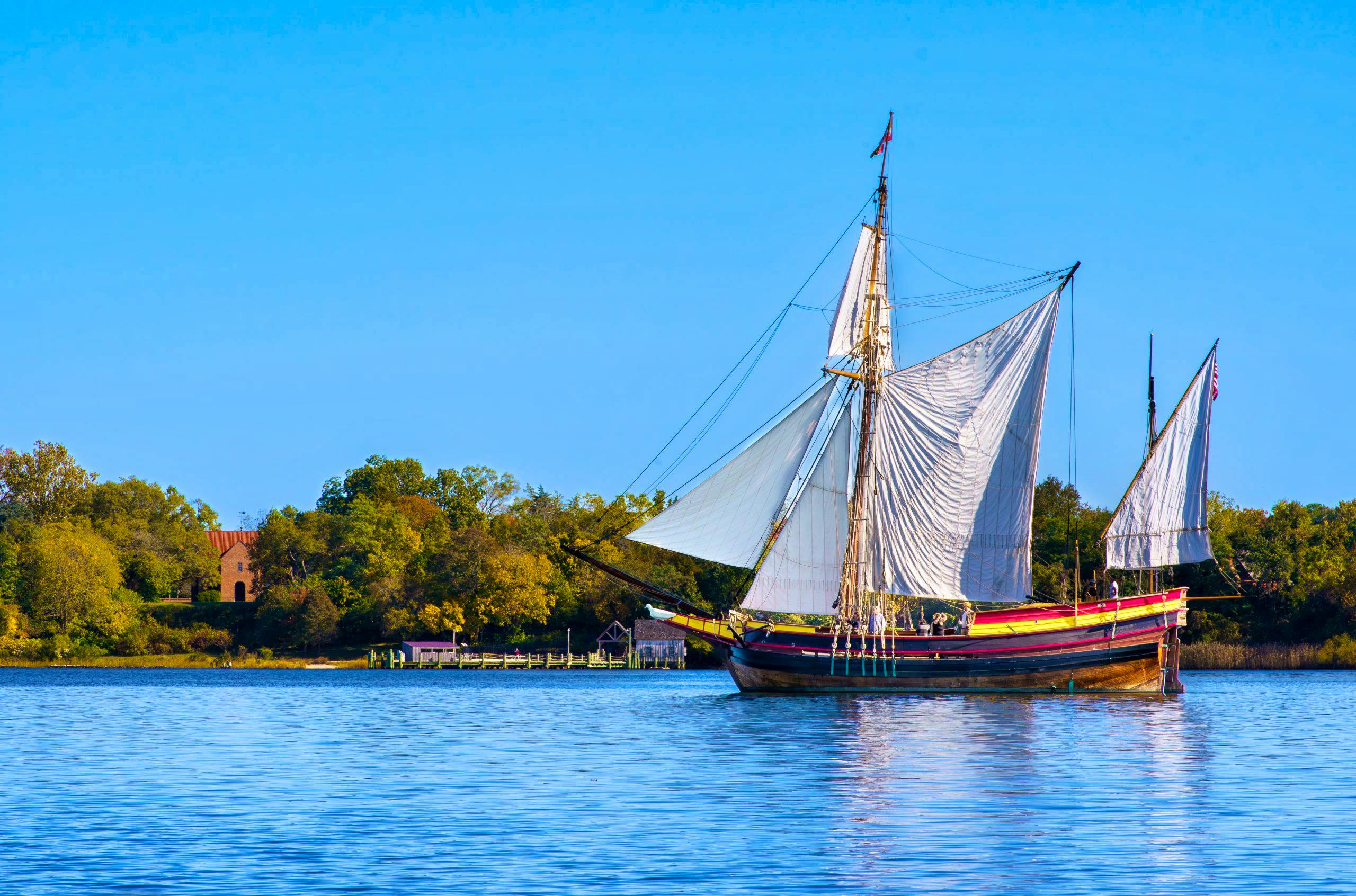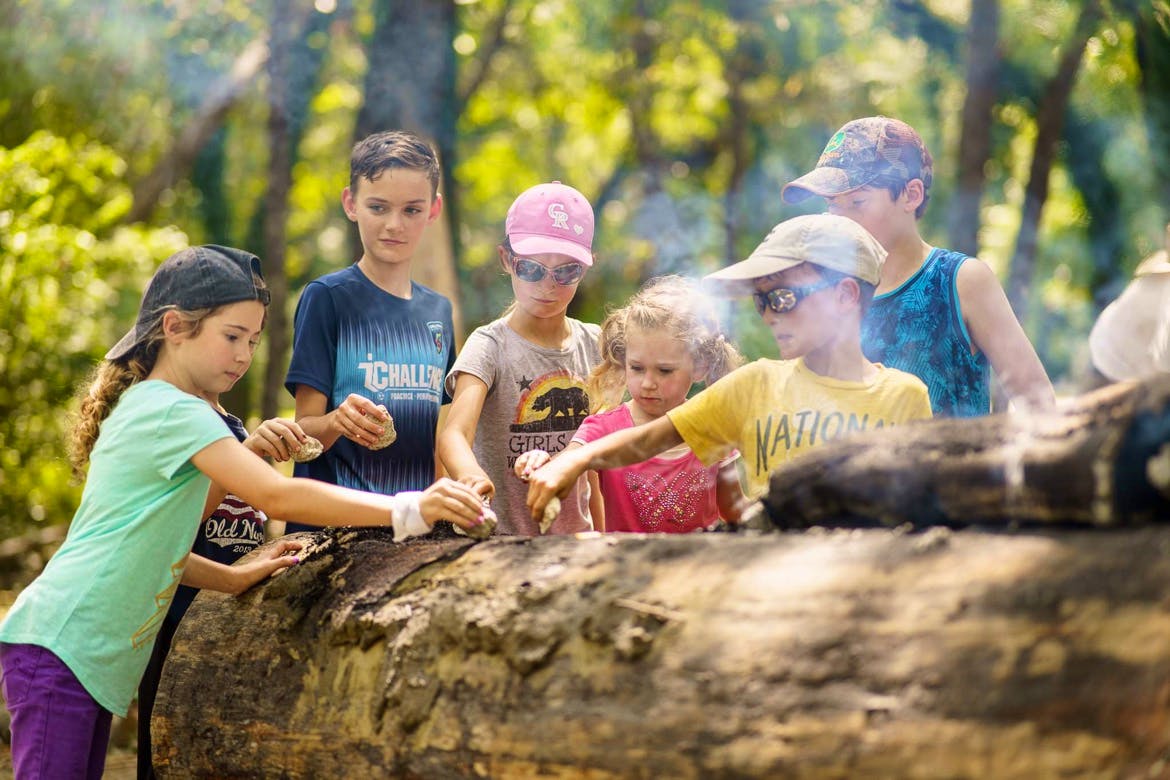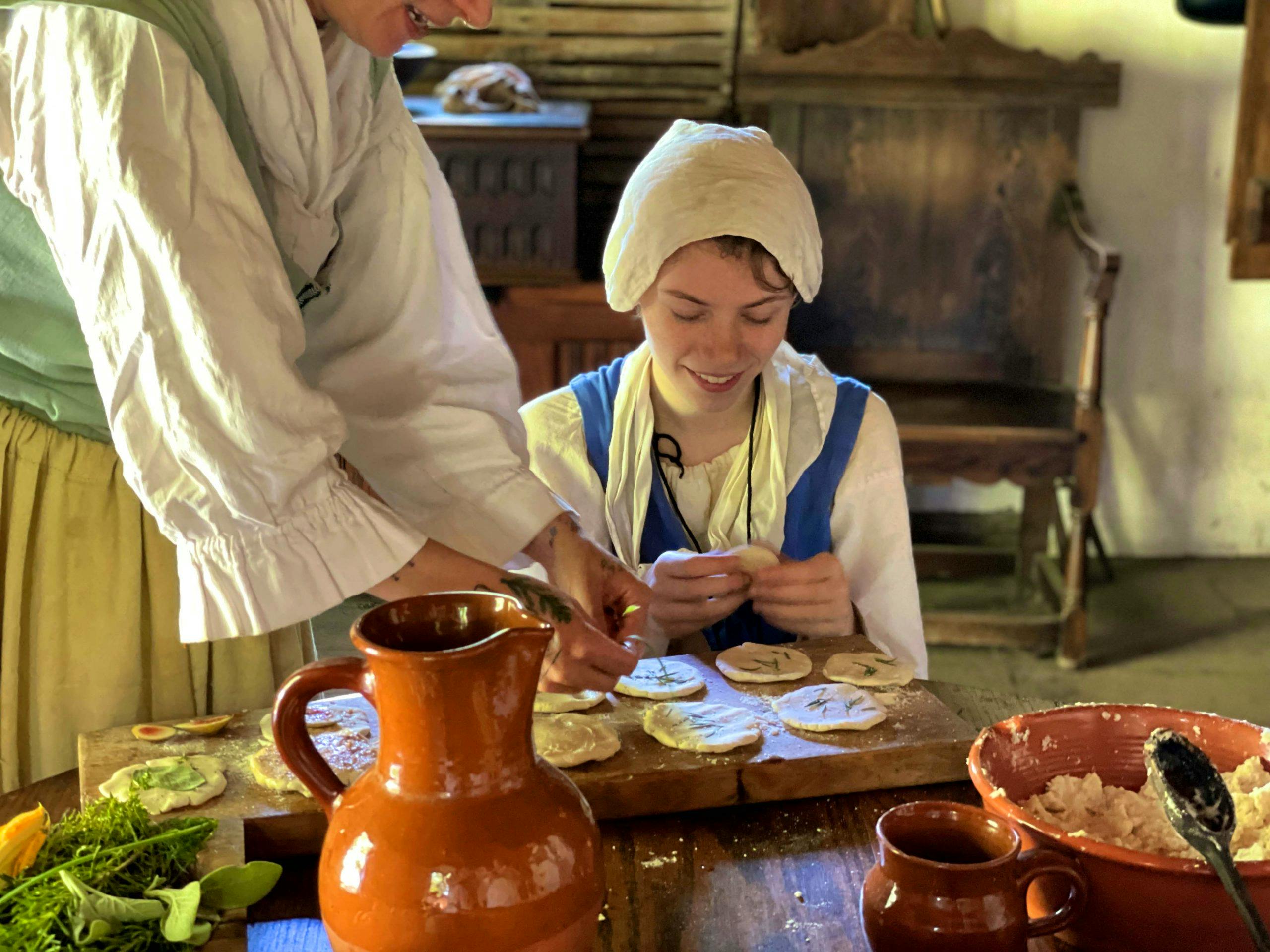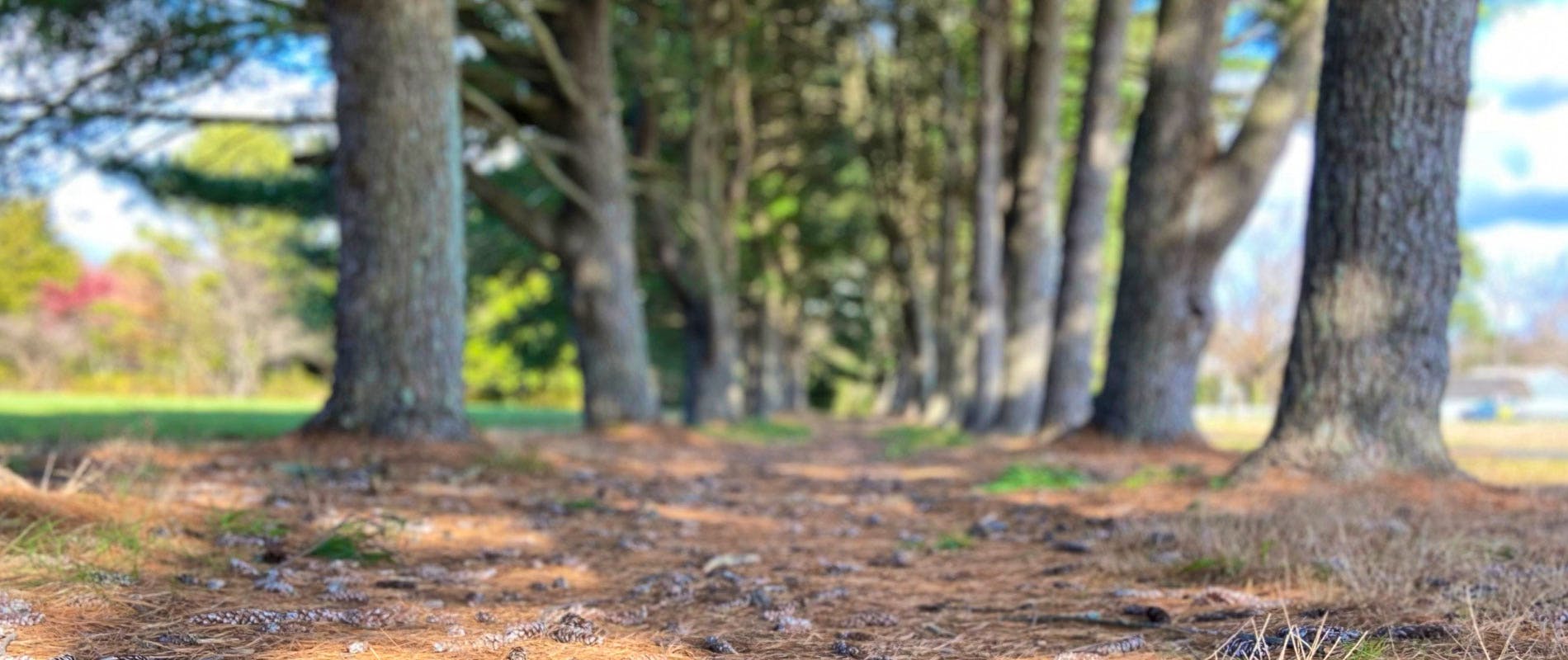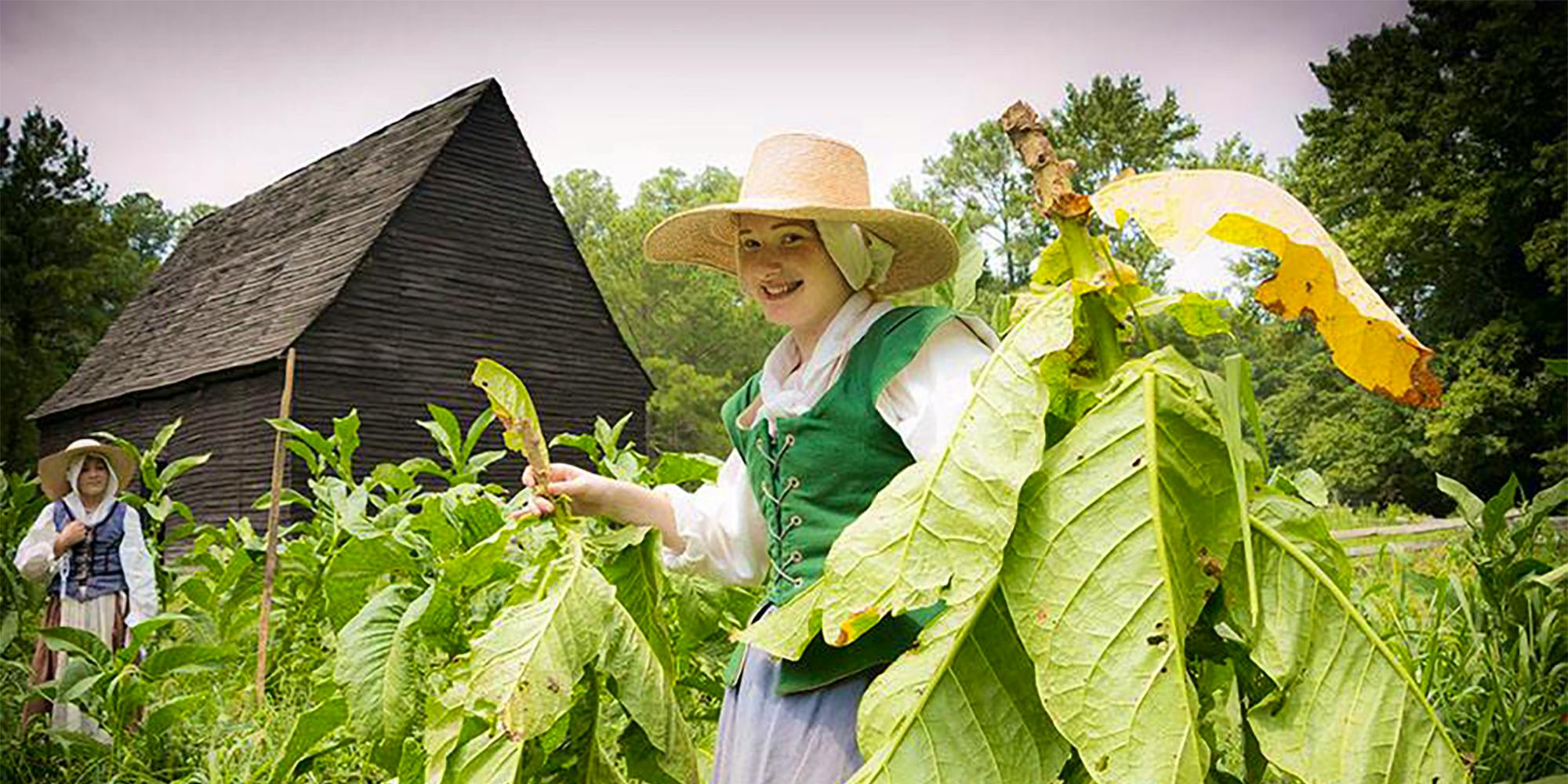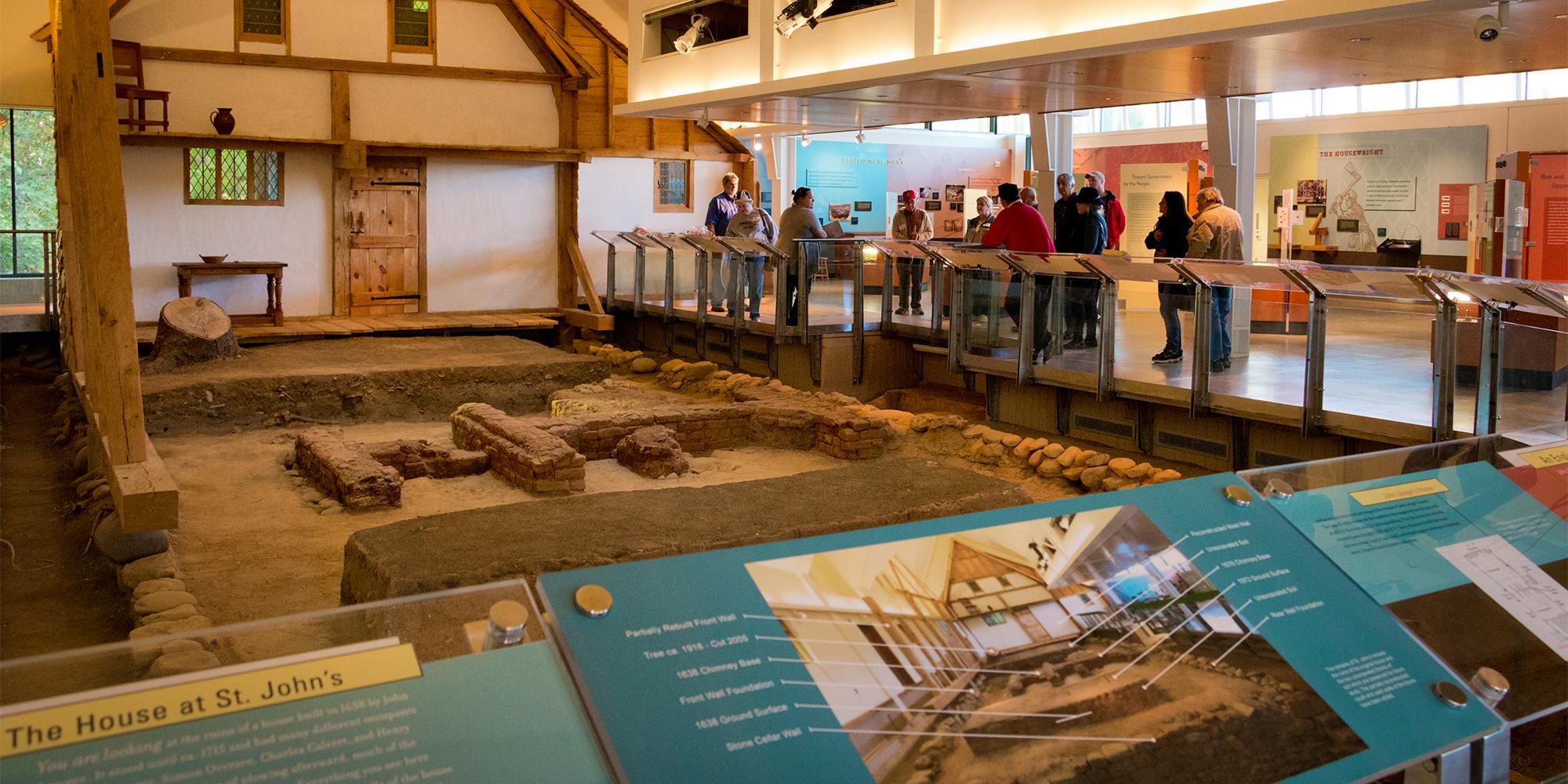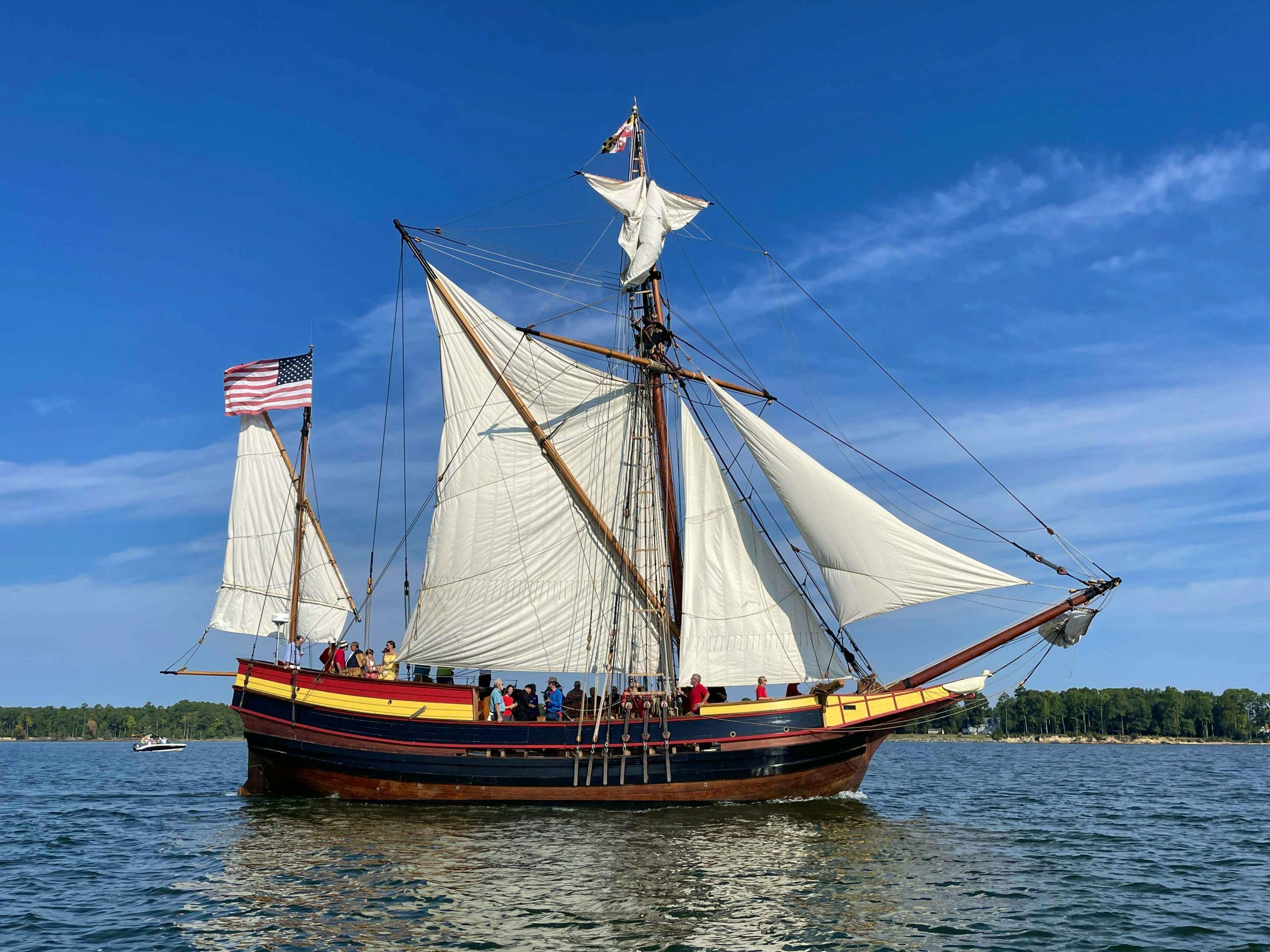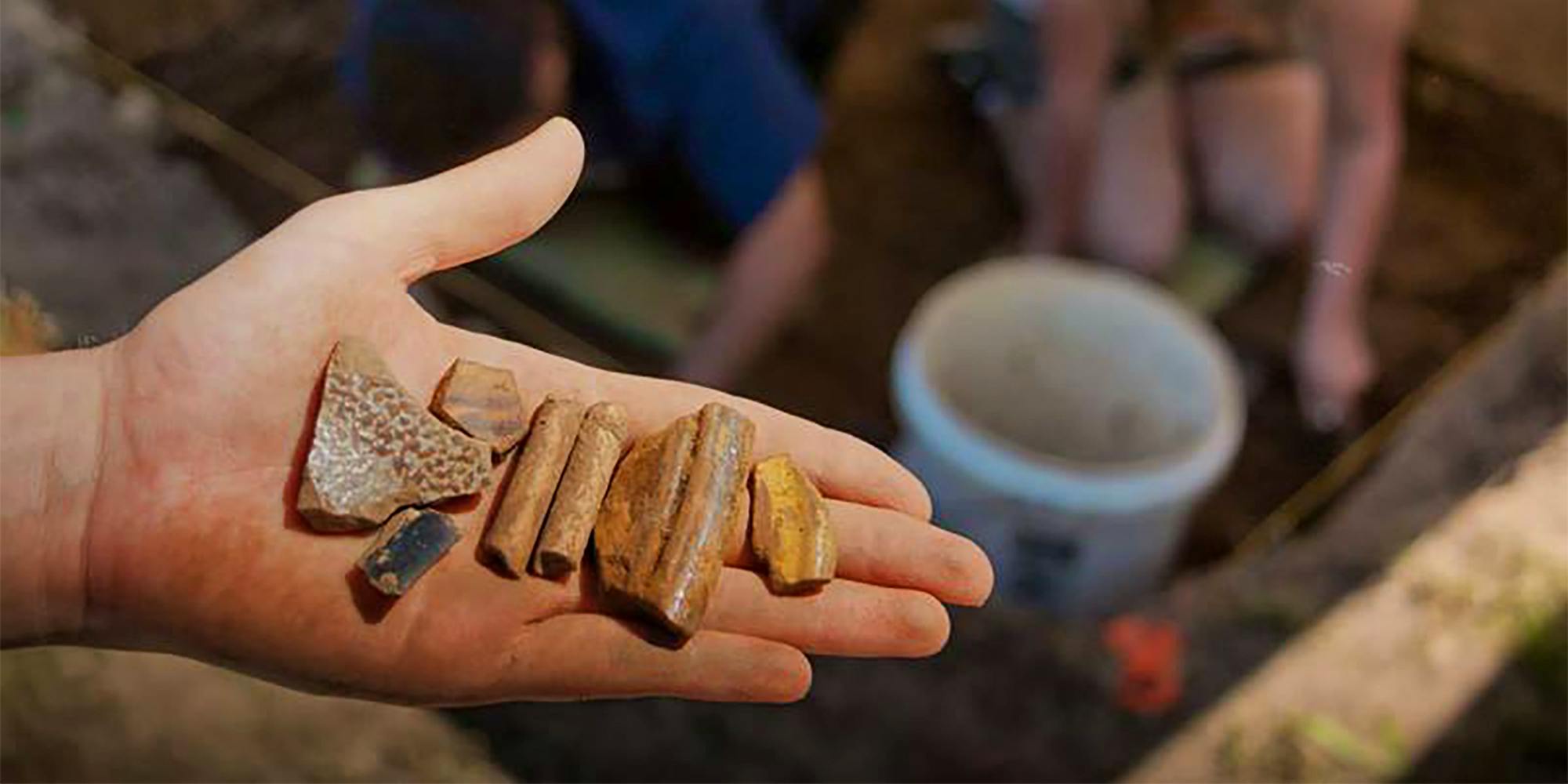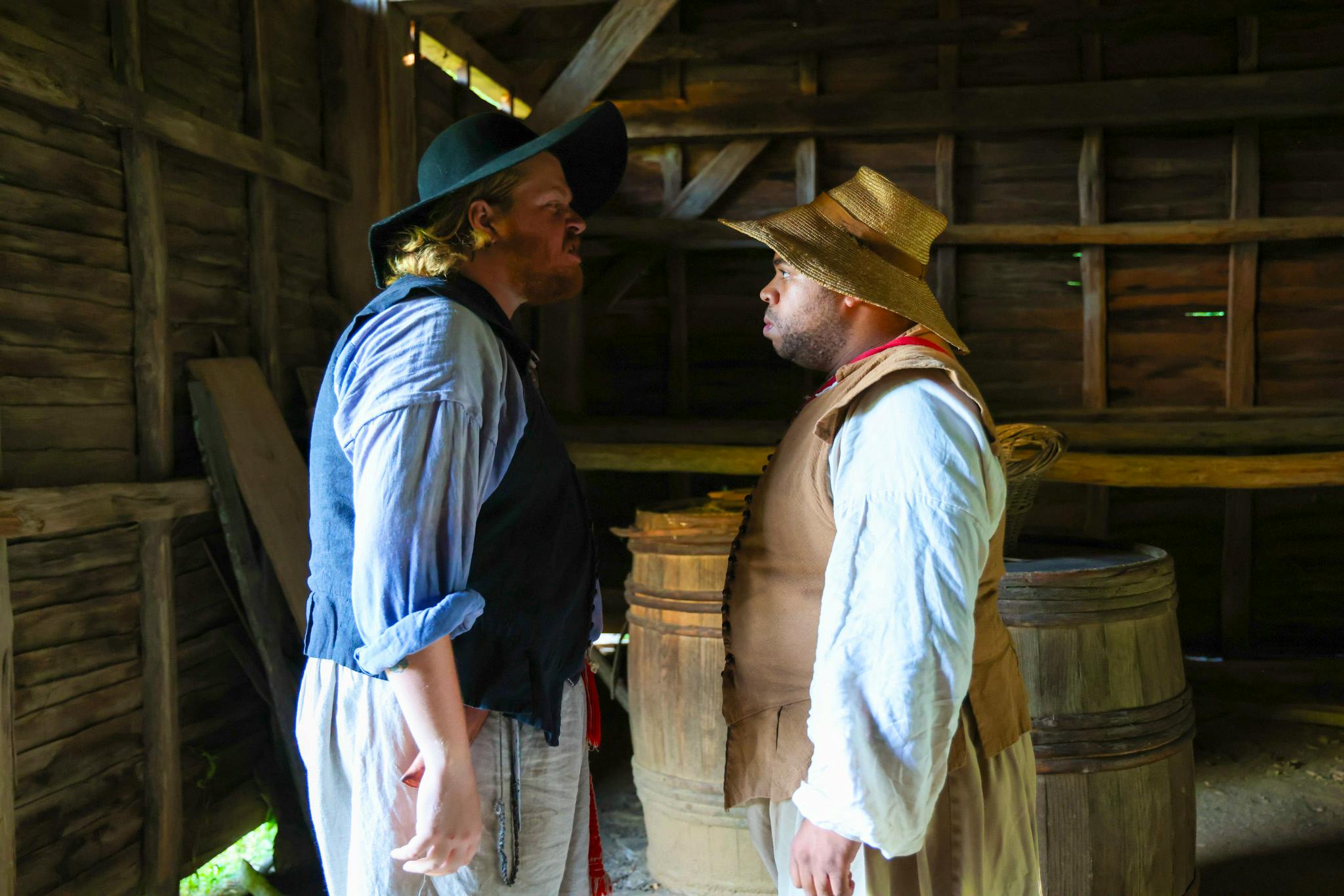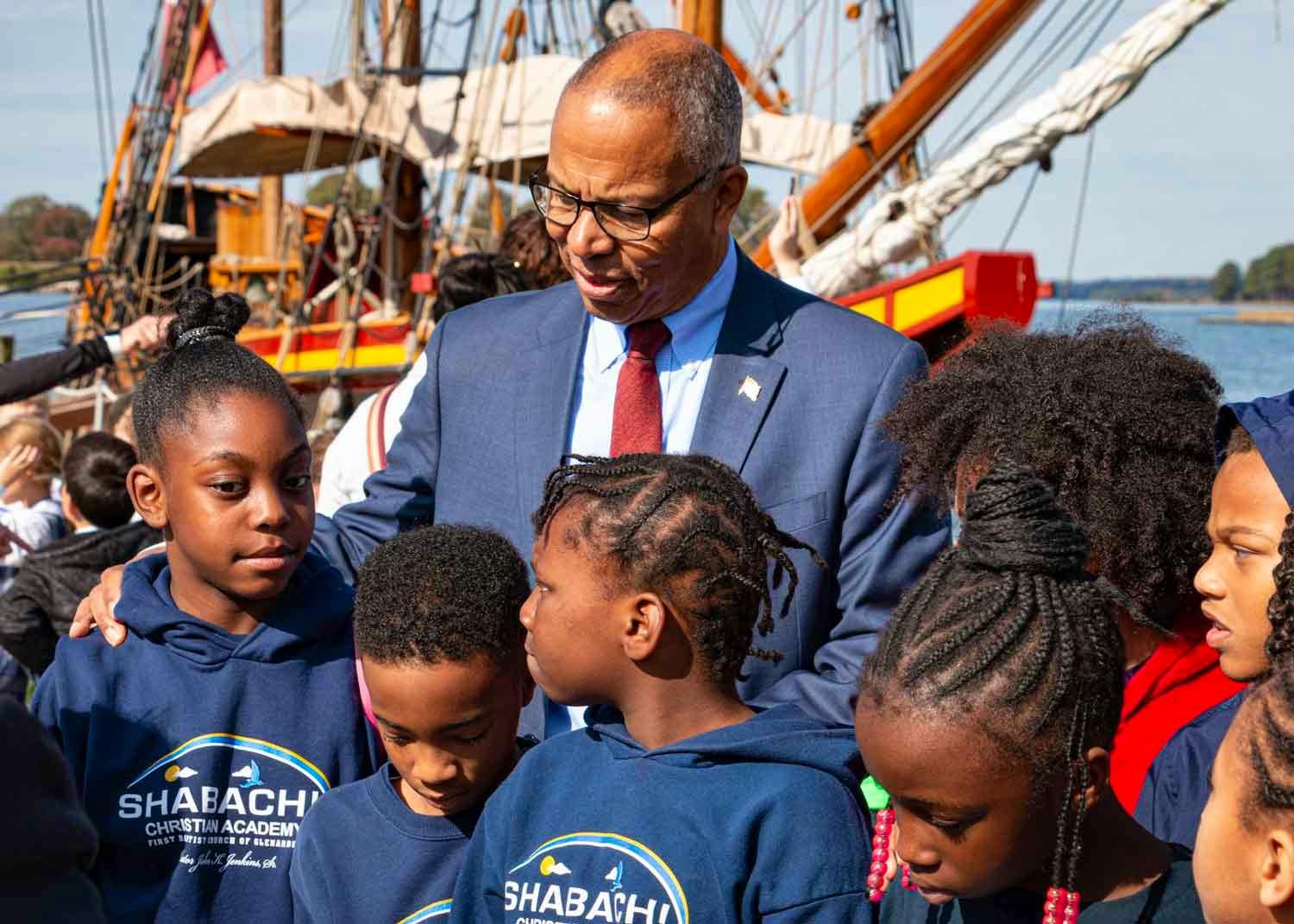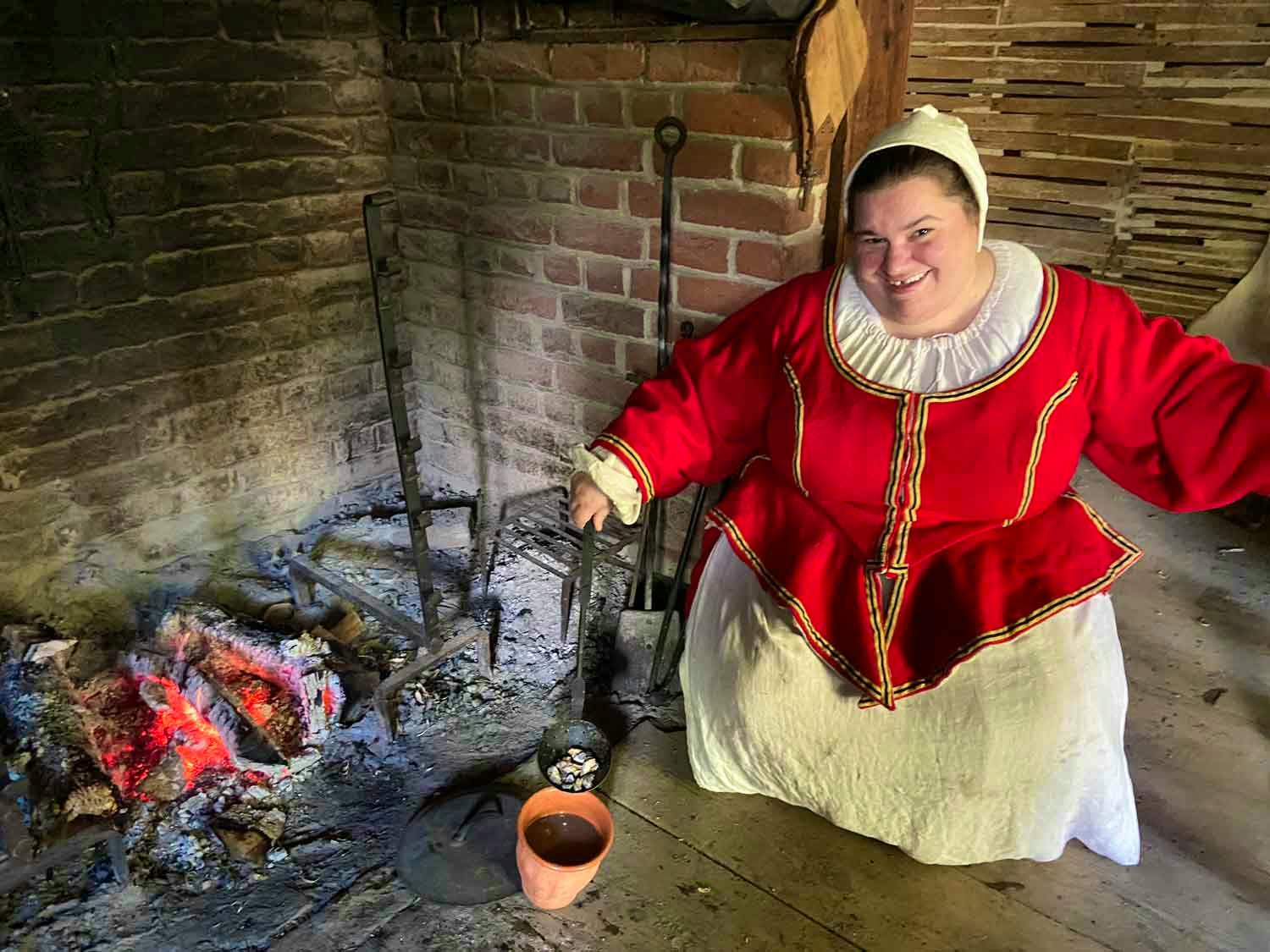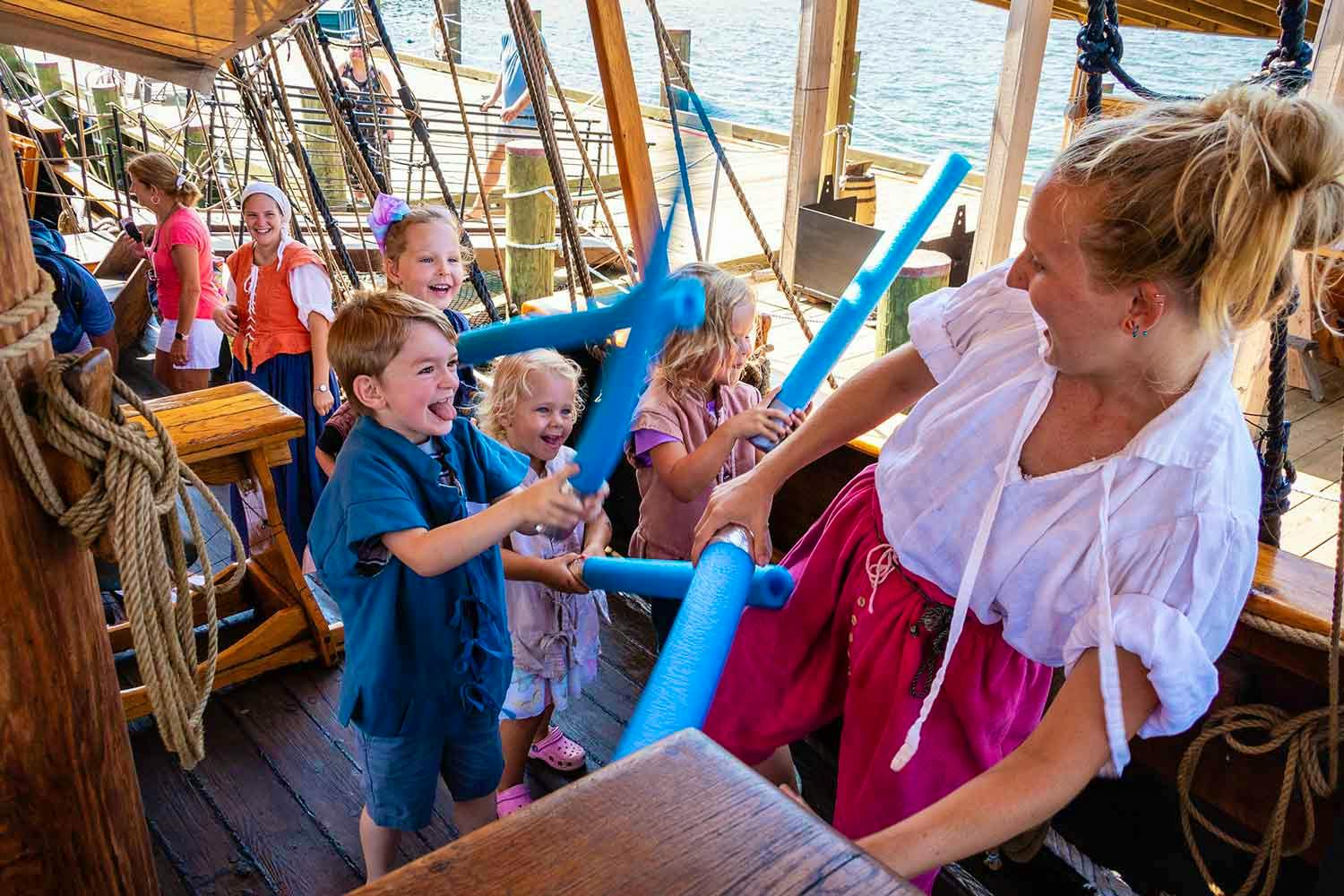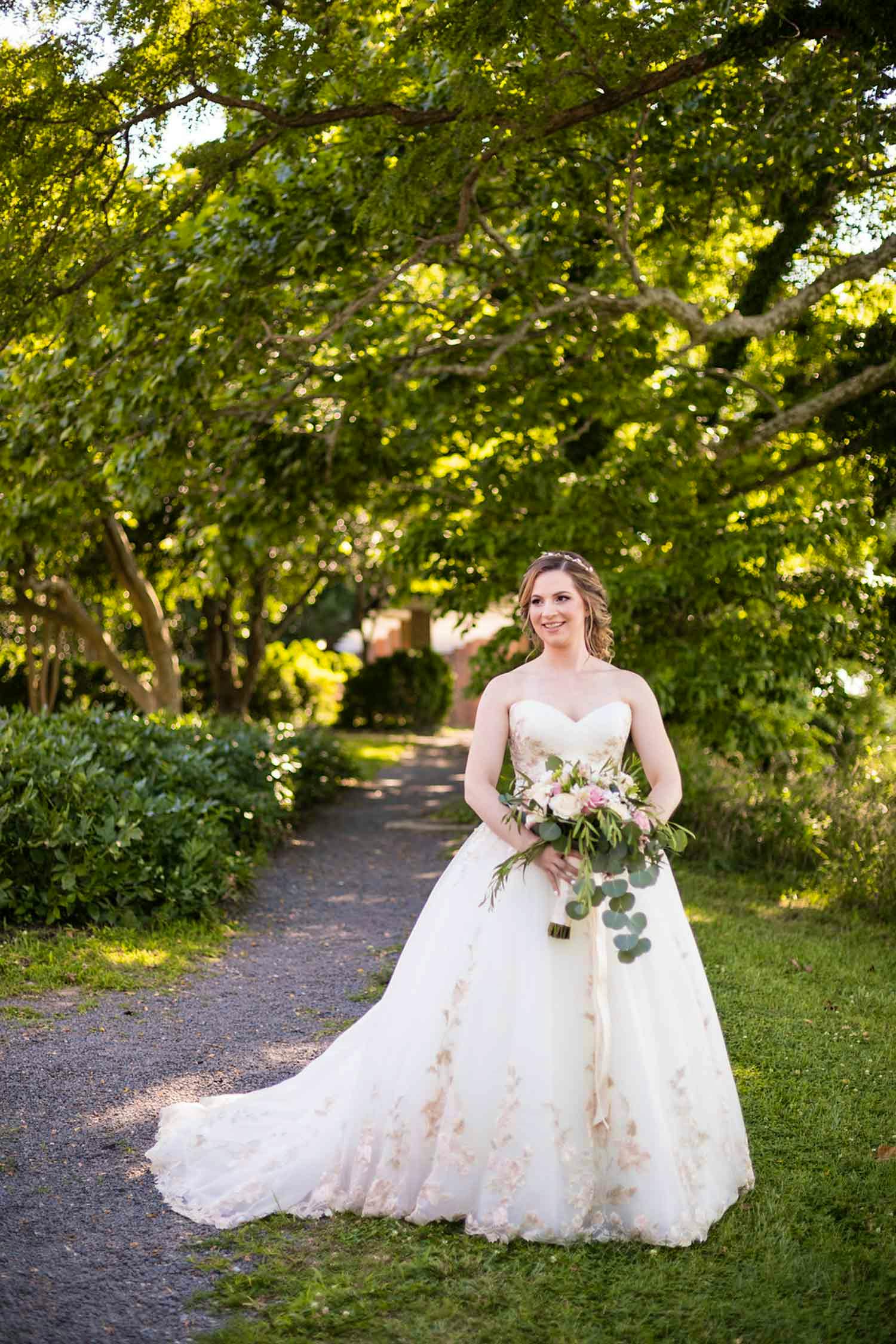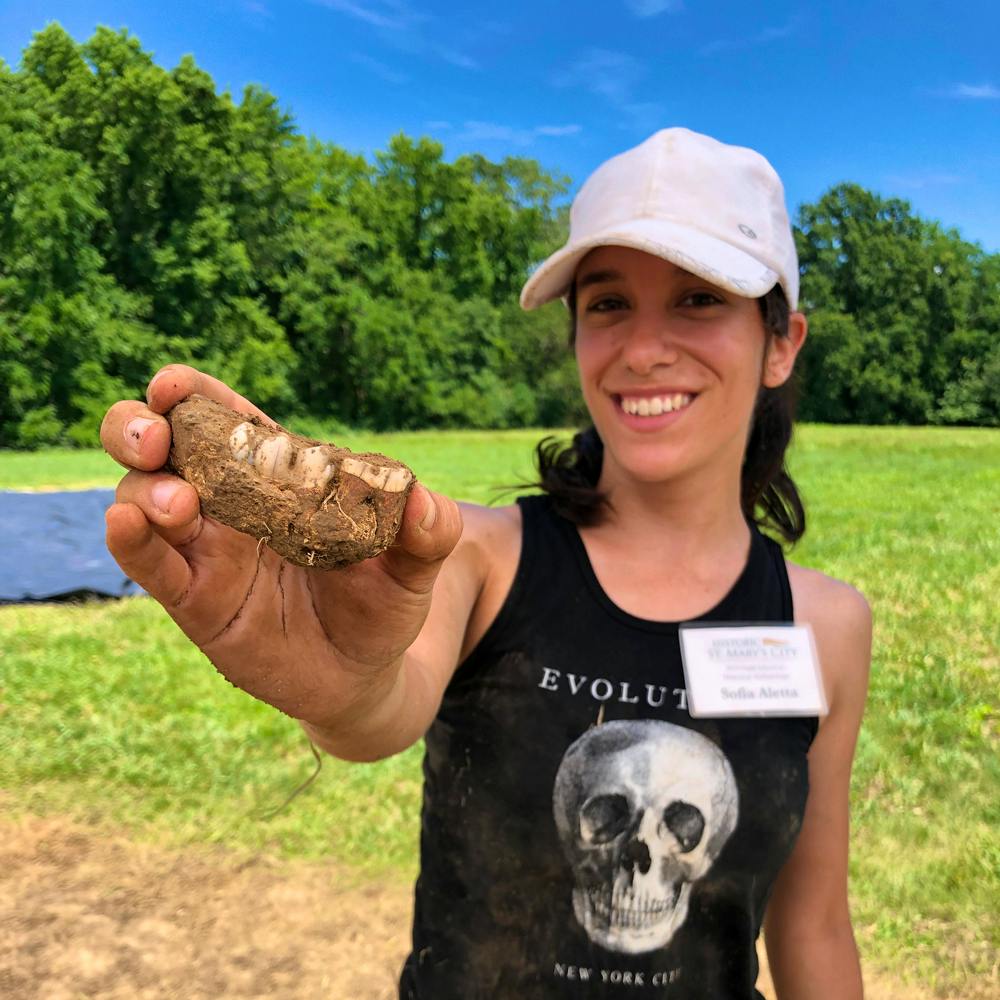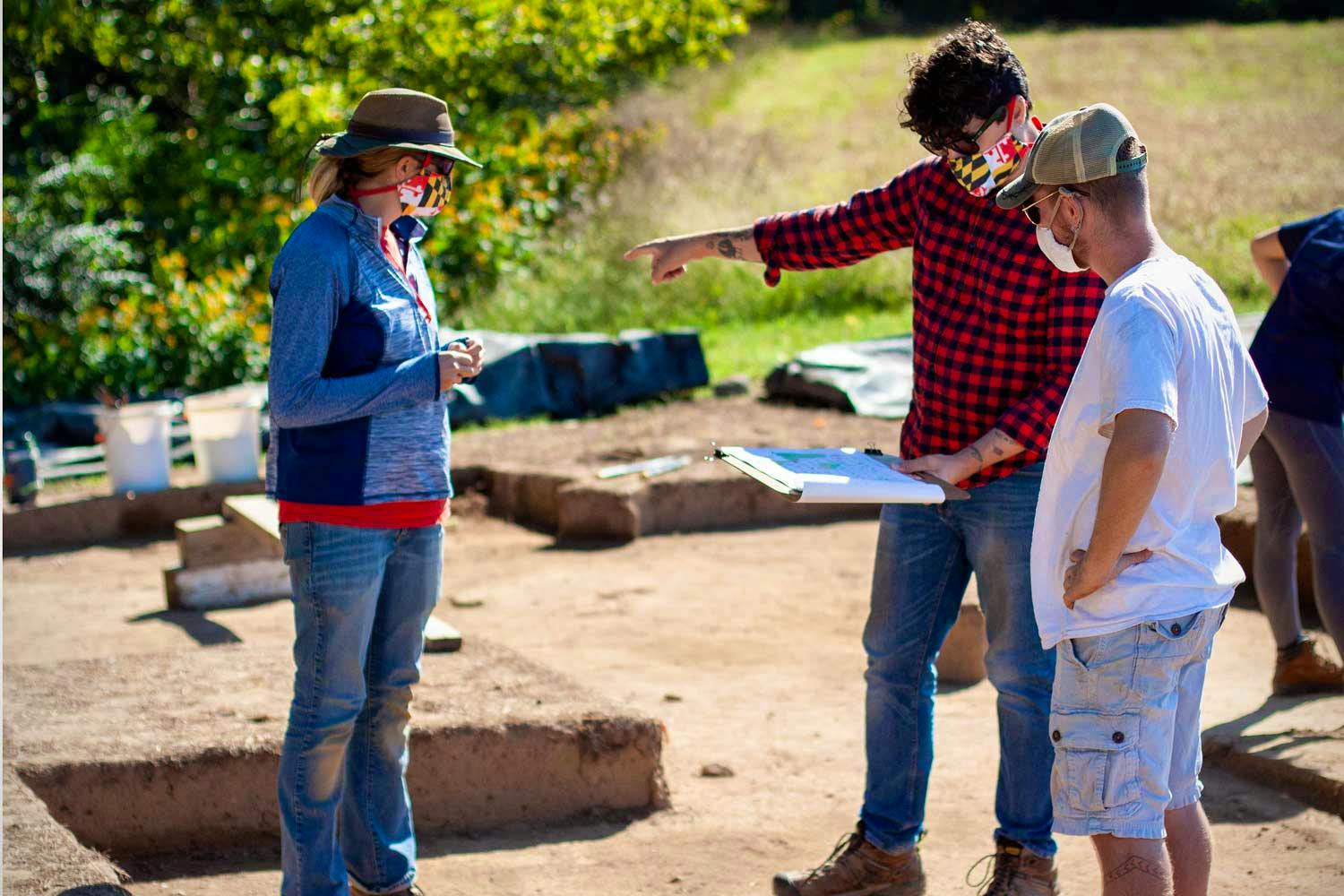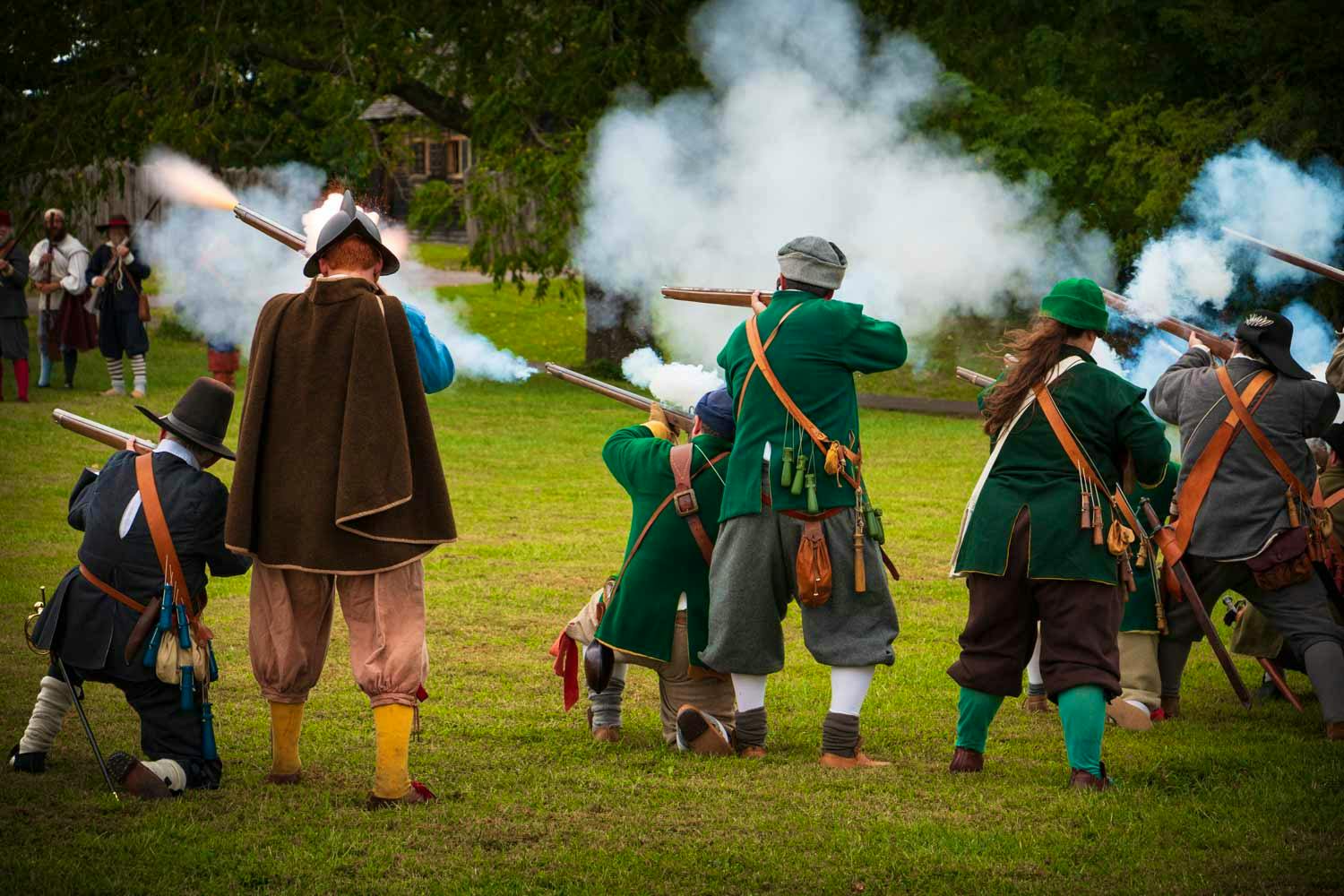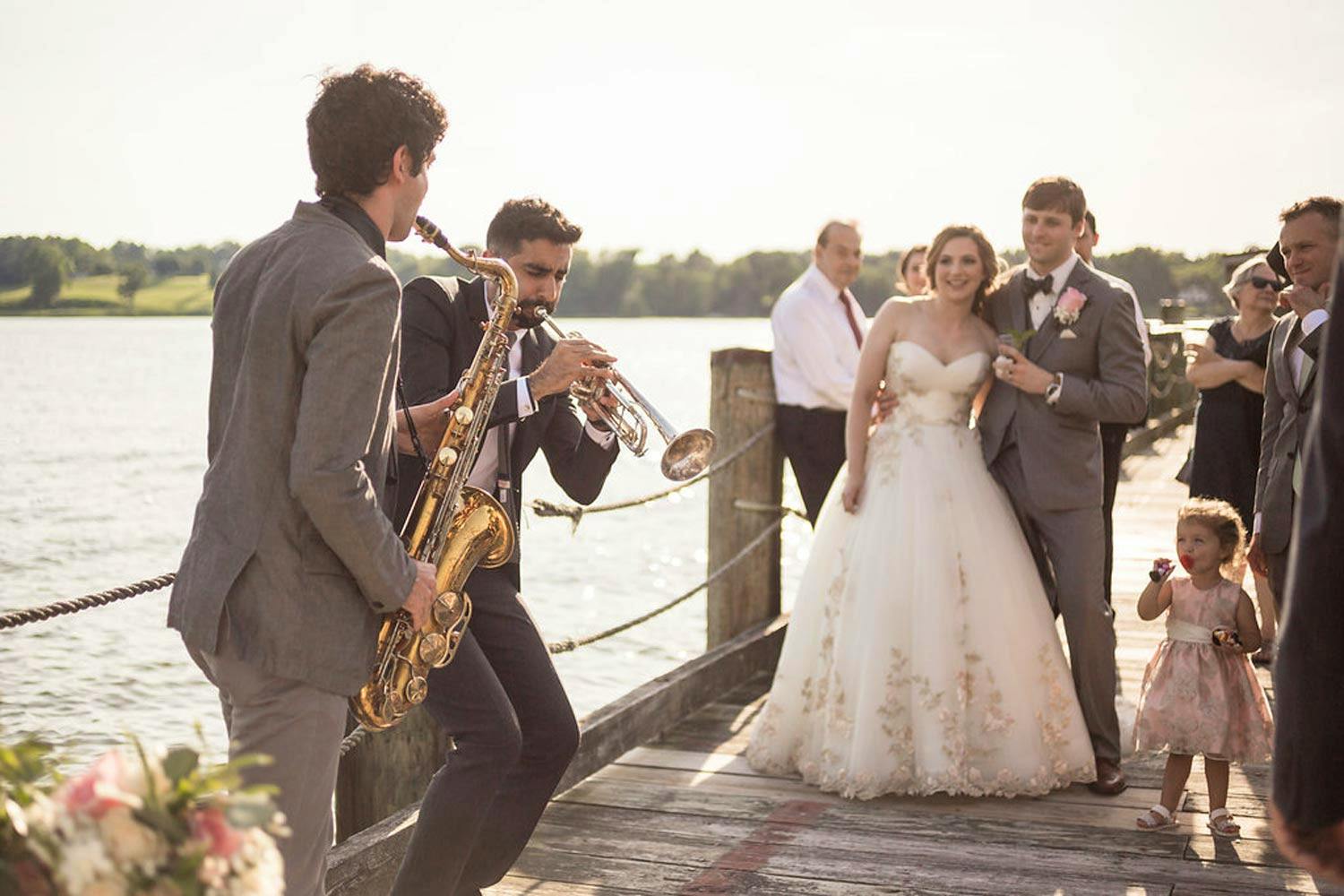close
Welcome to
Historic St. Mary's City
An Outdoor Museum of History and ArchaeologyWho We Are
discoverHistoric St. Mary's City is one of the premier historic sites in America, a museum of living history and archaeology telling diverse stories on the site of Maryland’s first capital in beautiful, tidewater Southern Maryland.
Visitor Exhibits
Woodland Indian Hamlet
View Exhibit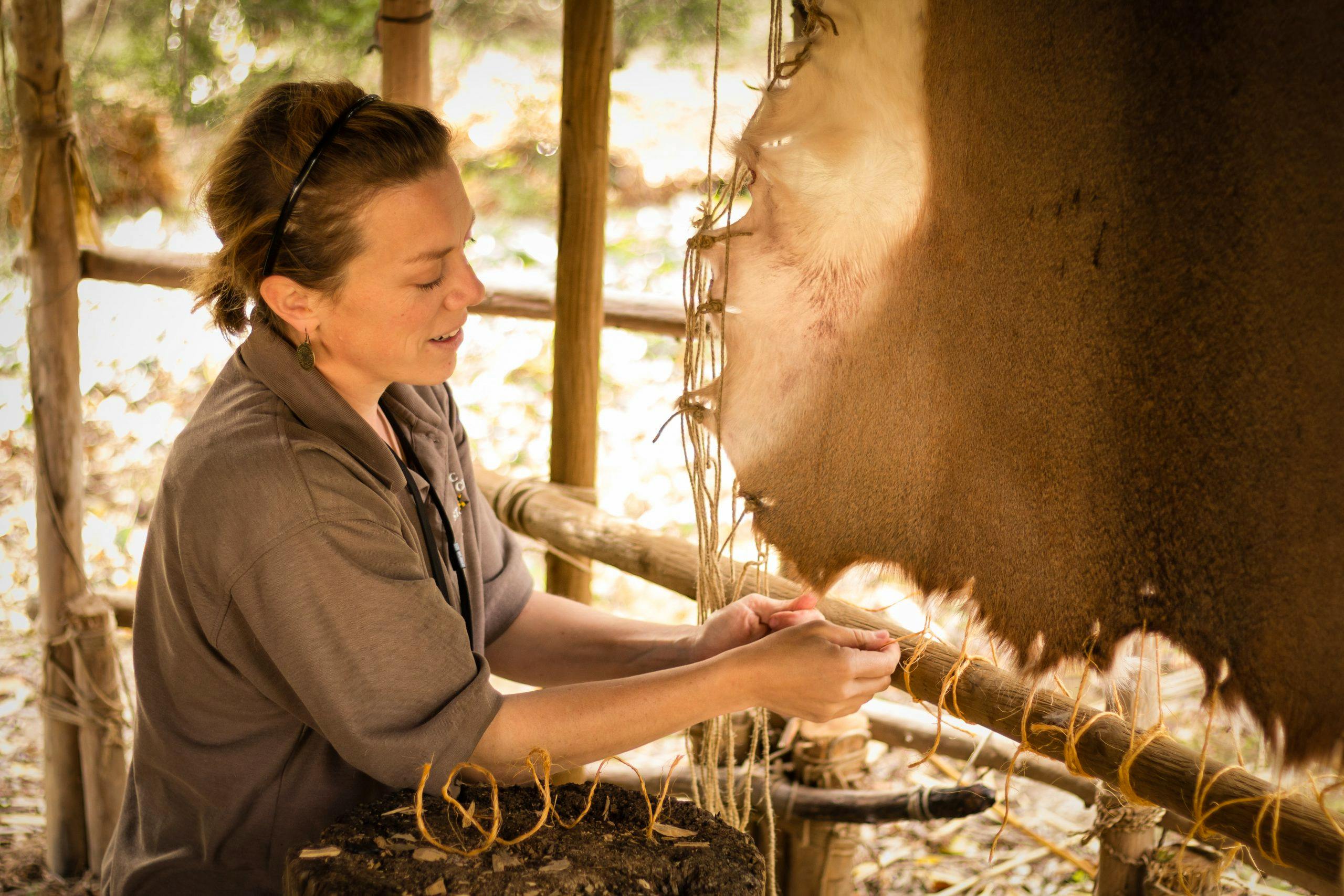
HSMC Staff Demonstration
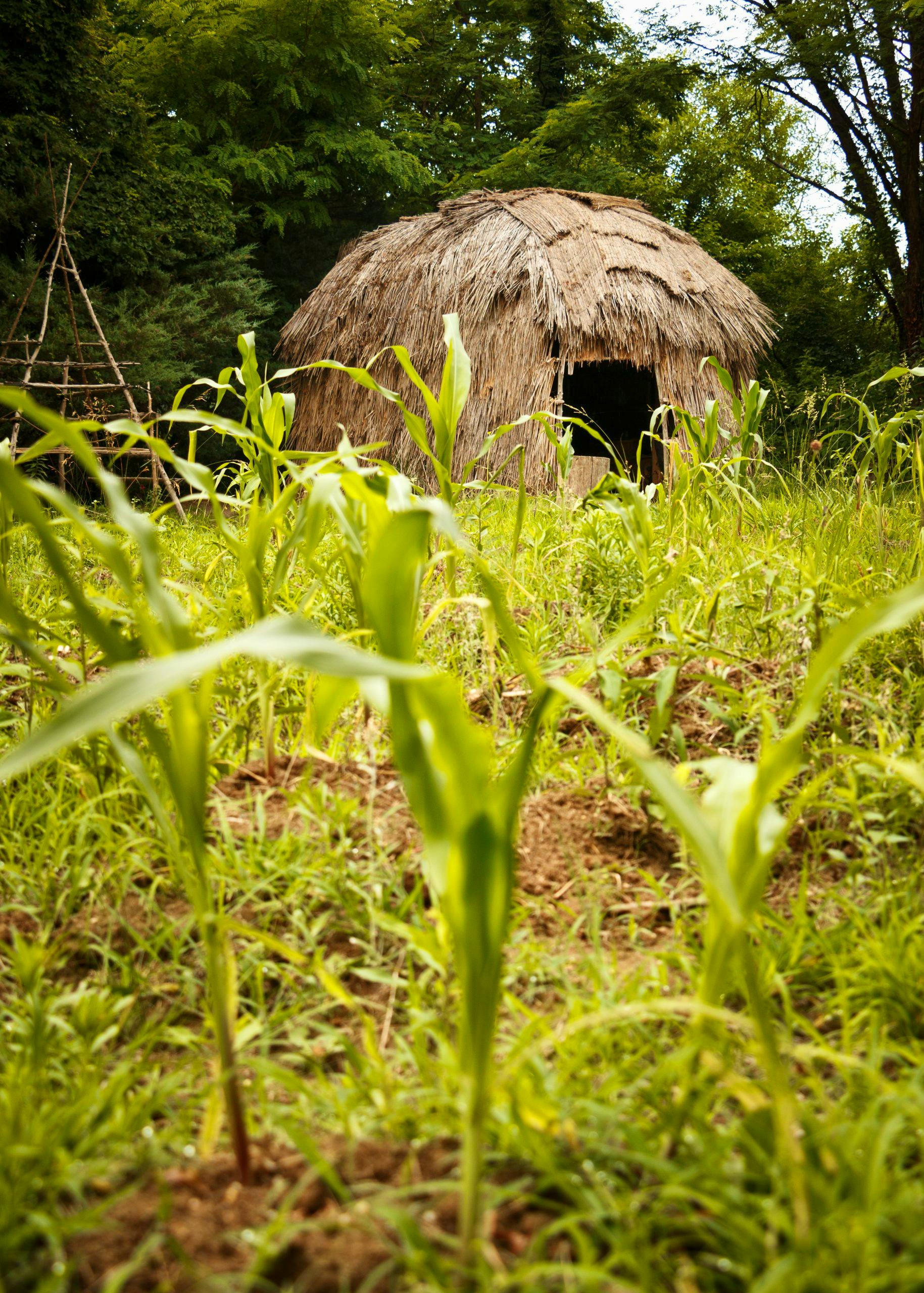
Witchott or Longhouse
Dig Deeper
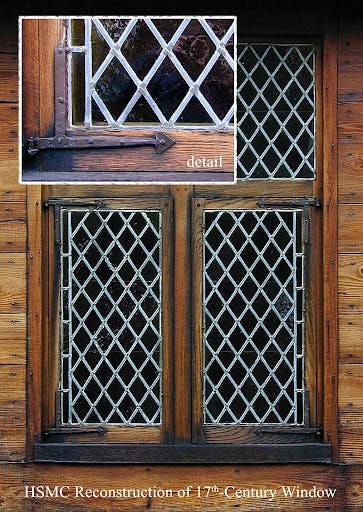
From the first 17th-century investigations at St. Mary’s City, archaeologists began recovering evidence for glass windows. These were expensive items and many immigrants could not...
Read More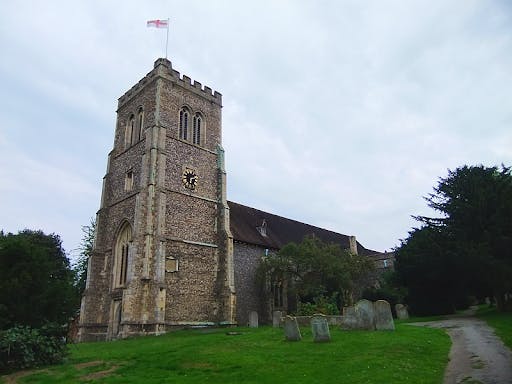
The most impressive funerary monument of the Calvert family is that of Anne Mynne Calvert. She was George Calvert’s first wife and the mother all...
Read More

